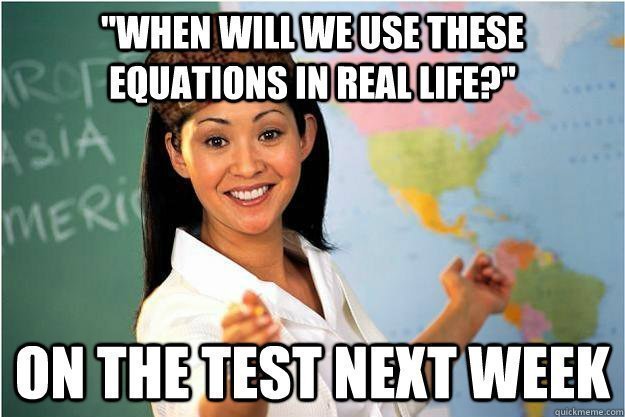wow.
The first thing that popped into my mind when I saw that Mr. Rafe’s 5th grade class was reading Shakespeare’s Hamlet was, “You’ve got to be kidding me.” There’s no way on earth that 5th graders can understand Hamlet. High school kids have a hard enough time with it. College kids have a hard time with it. And you expect 5th graders to not only memorize all the ridiculously complex lines and perform a well-acted play, you actually expect them to understand what they’re saying?! You’re insane. You’re unreasonable. You can’t pull this off.
He pulled it off. And apparently he does it year after year too. Alright, all my aspirations for being a good teacher were just shot down.
I mean, holy shit. That’s what Mr. Rafe mouthed himself when part of the video showed the girl who ended up playing Ophelia read her lines. And that’s exactly what I was thinking in my head. And I don’t swear.
Alright, all interjections aside, I was blown away by what Mr. Rafe was doing with literacy in the 5th grade. I would never have thought it possible that you could get kids that age to read and understand Shakespeare. And the things he was doing with it, with literacy. He was getting kids to think critically about a text. He was getting them to understand it to the point where they could act it out. He was giving them the confidence to do so. He was allowing them to see where a text could take them and what working together looked like. He was inspiring them and empowering them. All from the dark and depressing play Hamlet.
Not only that, but through the video, he allowed me as a future teacher to be inspired. To realize that yes it could be done and that students can achieve so much more than might be expected.
The second thing that really impacted me was his trip to D.C. Every year he would take his kids and literally walk through history. He would make it come alive for them. All of a sudden, the Vietnam War is not just a war read about in their textbooks with no real context or meaning; the Vietnam War is made up of real people and real names that are etched indelibly into that ebony wall. He made them see that and appreciate that, through literacy, and through real-world experience. That’s the best thing a teacher could do, I think. That’s what Moje was talking about when she urges teachers to go beyond the textbooks and get to source material. Make it real for kids so they understand where the textbooks are coming from. So when kids read the words on the Lincoln Memorial, they associate it with the giant statue of Lincoln staring down at them and they connect it with real life, with a real historical figure and a real historical event that can actually mean something to their lives. That’s what a good teacher does. I was blown away. What lucky 5th graders.


 Website:
Website: